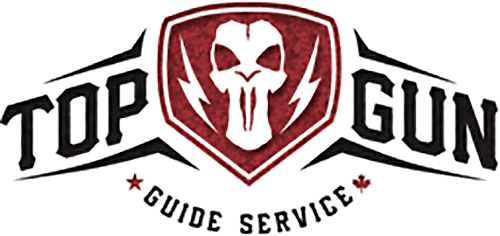Spring snow goose hunting is a popular sport that brings together hunters and wildlife as the season of migrating birds begins. Every hunter must understand precisely what is involved in being successful. A successful Spring Snow Goose Hunting adventure begins with the proper setup, so it’s essential to research and find the perfect spot. Here are a few invaluable tips to consider when selecting the right hunting site.
Research the Area
Read information about the regulations in the specific area, as they may vary from state to state. Also, familiarize yourself with the habitat and the landscape in the area. Know what kind of foliage and trees are available in the area and whether there are open fields – these factors will play a role in whether or not the spot is ideal for a successful hunt.
Identify Key Features
Focus on identifying key features in the landscape that geese tend to prefer, such as open water, food sources, and low-lying areas. Knowing where these preferred areas are will help you decide where to set up your blinds and decoys to maximize your chances of success.
Consider the Terrain
The terrain of the land you choose affects the hunting you will do. Flat landscapes are conducive to decoy spreads, while hilly or mountainous terrain is better for blind shooting. Access to the land is essential, as it may be difficult or dangerous to traverse certain areas.
Look for Farms
Look for farms that are in the flyway of migrating snow geese. Having abundant crops nearby is also essential, as geese feed on corn and other crops. If you’re lucky, the farm may even have a pond or lake nearby – a great place to set up a decoy spread.
Consider the Location’s Surroundings
Make sure the hunting site is conducive to a successful hunt. According to South Dakota Spring Snow Goose Hunting Guides, the best spot should be far away from airports, highways and other human activity not to disturb the wildlife and spoil your chances of a successful hunt. Unless you are hunting on public lands, it is also essential to make sure you have permission from the landowner.
Check the Weather
Spring snow goose hunting guides always check the weather conditions in the area because they know weather can play a prominent role in any outdoor activity. Make sure you are aware of the conditions and plan your hunt accordingly. Remember the time of year too, as you don’t want to hunt in areas prone to flooding or other bad weather conditions.
Gather Local Knowledge
Gather local knowledge from experienced Spring Snow Goose Hunting Outfitters in the area. Local knowledge is invaluable when it comes to finding successful hunting spots. Experienced hunters can give you insights into which areas have the highest concentrations of geese and tell you about any potential hazards you may not be aware of.
Research Deer and Duck Seasons
In some areas, the duck and deer seasons overlap with the snow goose season, resulting in the possibility of a more significant number of hunters in the area. To ensure you don’t inadvertently hunt on someone else’s land or interfere with their hunting activity, research the deer and duck season dates and determine where snow geese usually go during those seasons.
Look for Areas with Natural Cover
Snow geese usually spend their time feeding or resting in open, grassy fields or along the edges of marshes. But, once the shooting starts, experienced Arkansas Spring Snow Goose Hunting Guides know gees will move to areas with natural cover, such as islets, tree lines, or areas with water. Look for spots with natural obstacles that can help conceal you from the geese’s view. Additionally, explore the vegetation to see which areas birds are likely to land, as this will narrow down where you should place your decoys.
Carry Out Surveys
Once you have identified a potential hunting site, it is crucial to survey the area to get a better idea of the number of geese, their feeding and resting habits, and their migratory patterns. Taking a boat out on the water allows you to locate potential spots and approach geese with minimal disturbance. It is also essential to closely pay attention to tide times, as geese are likelier to feed in flooded fields when the tide is low.
